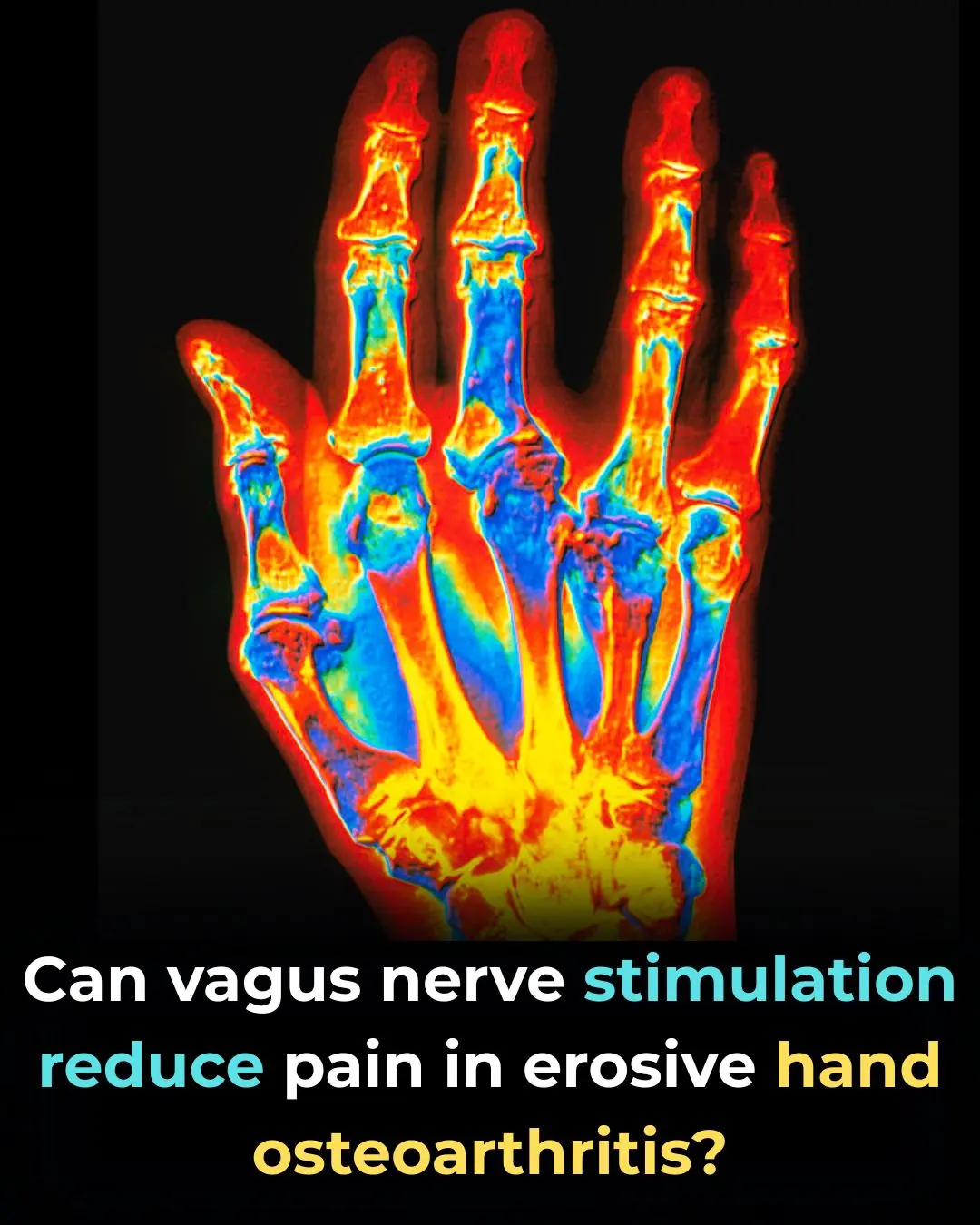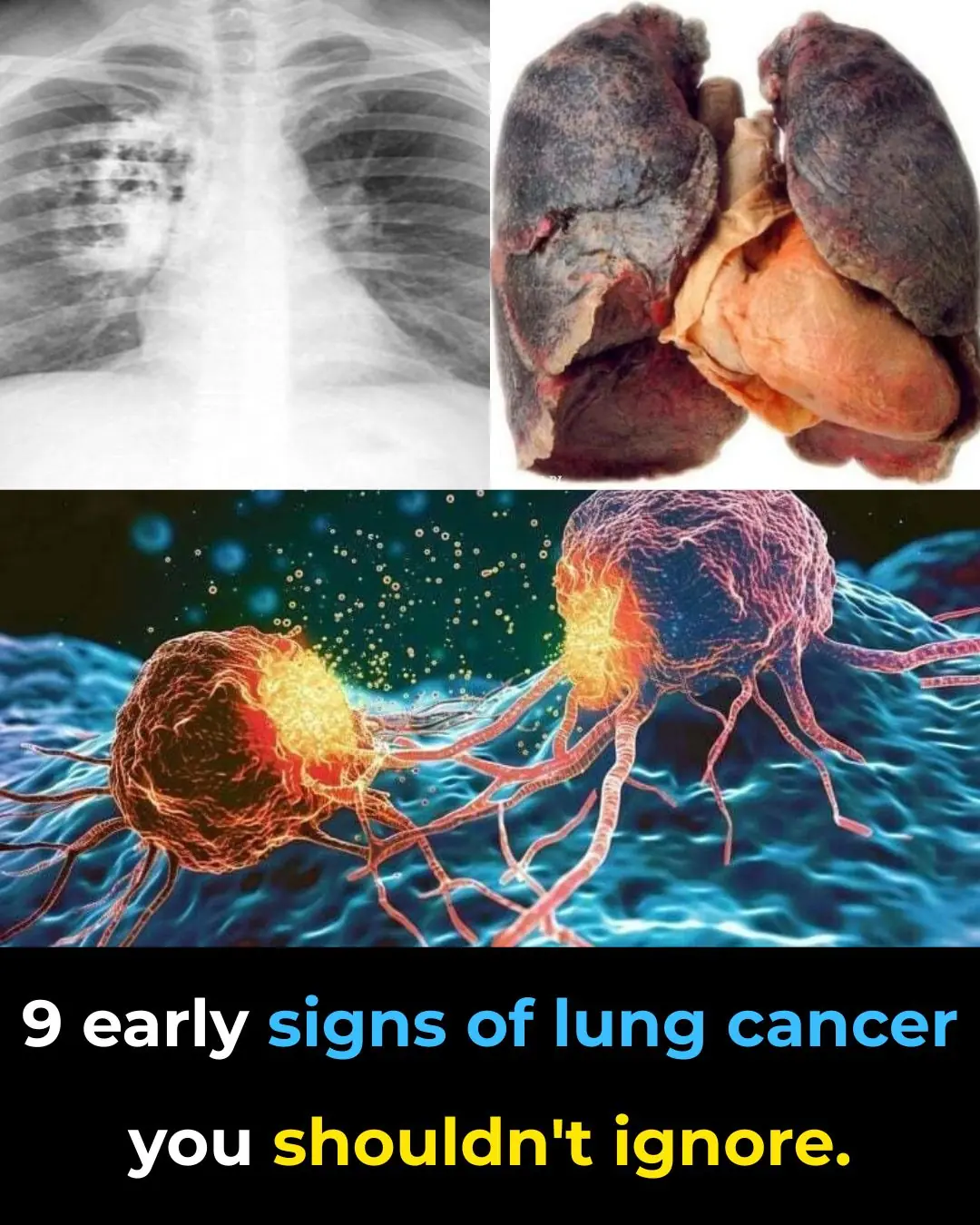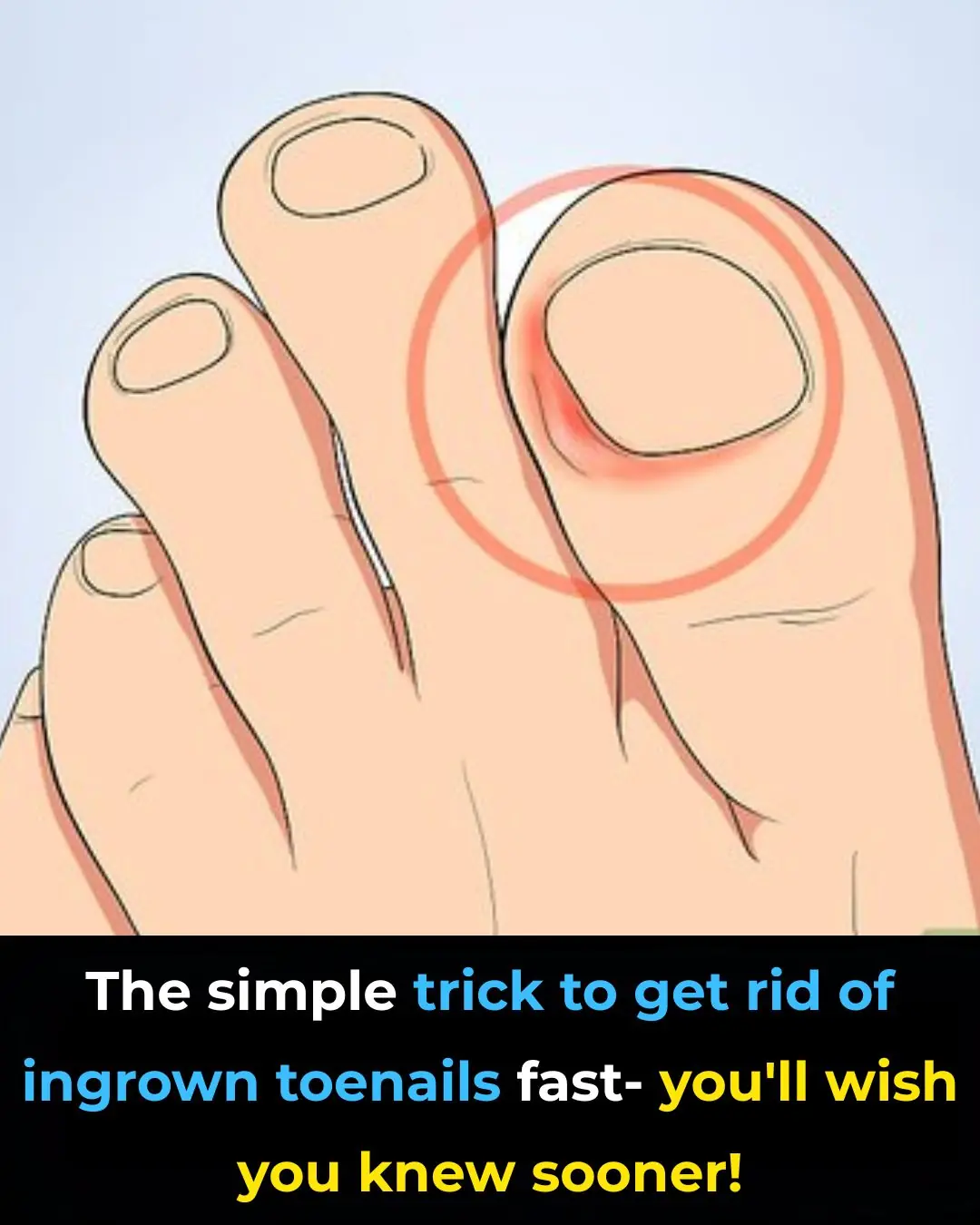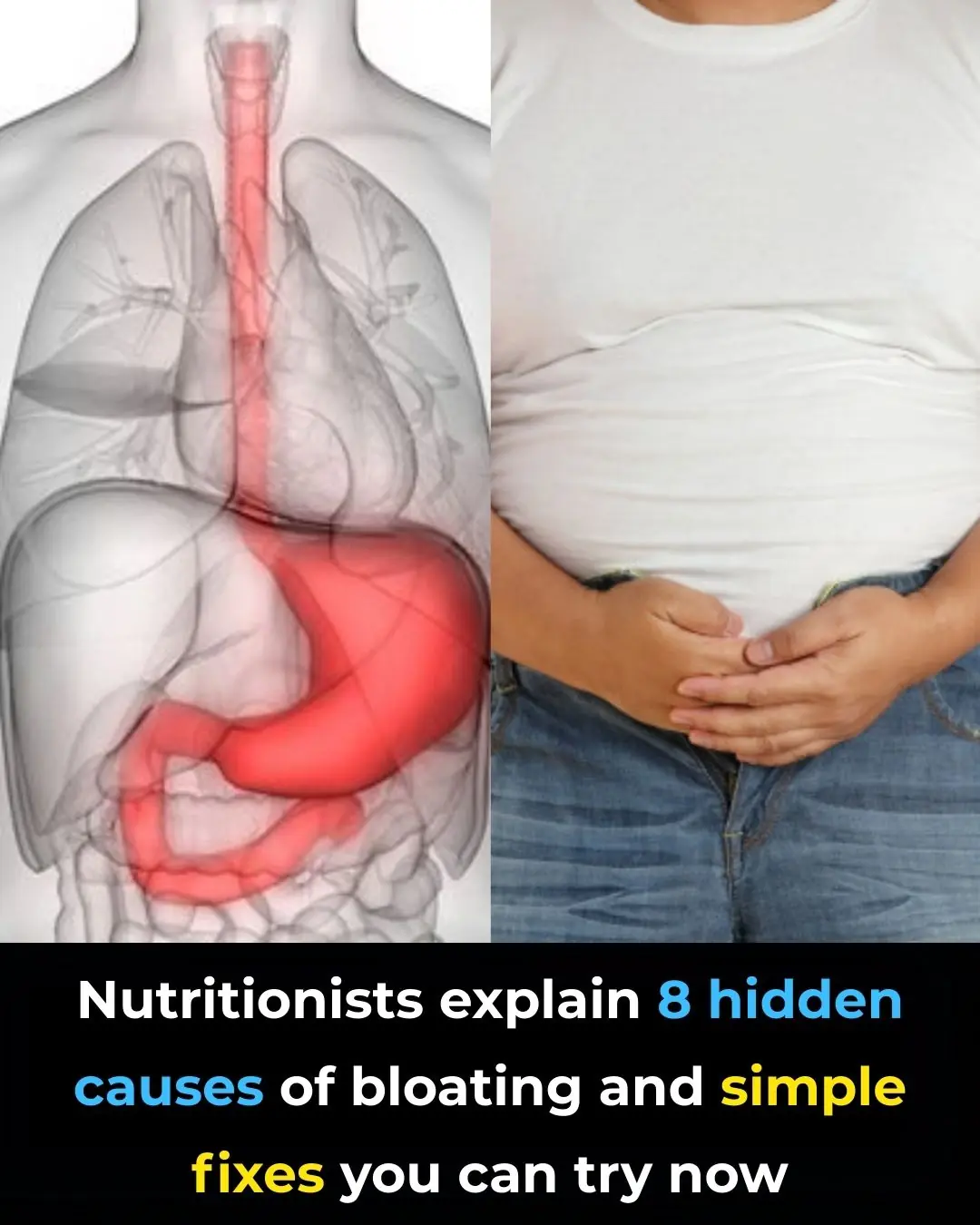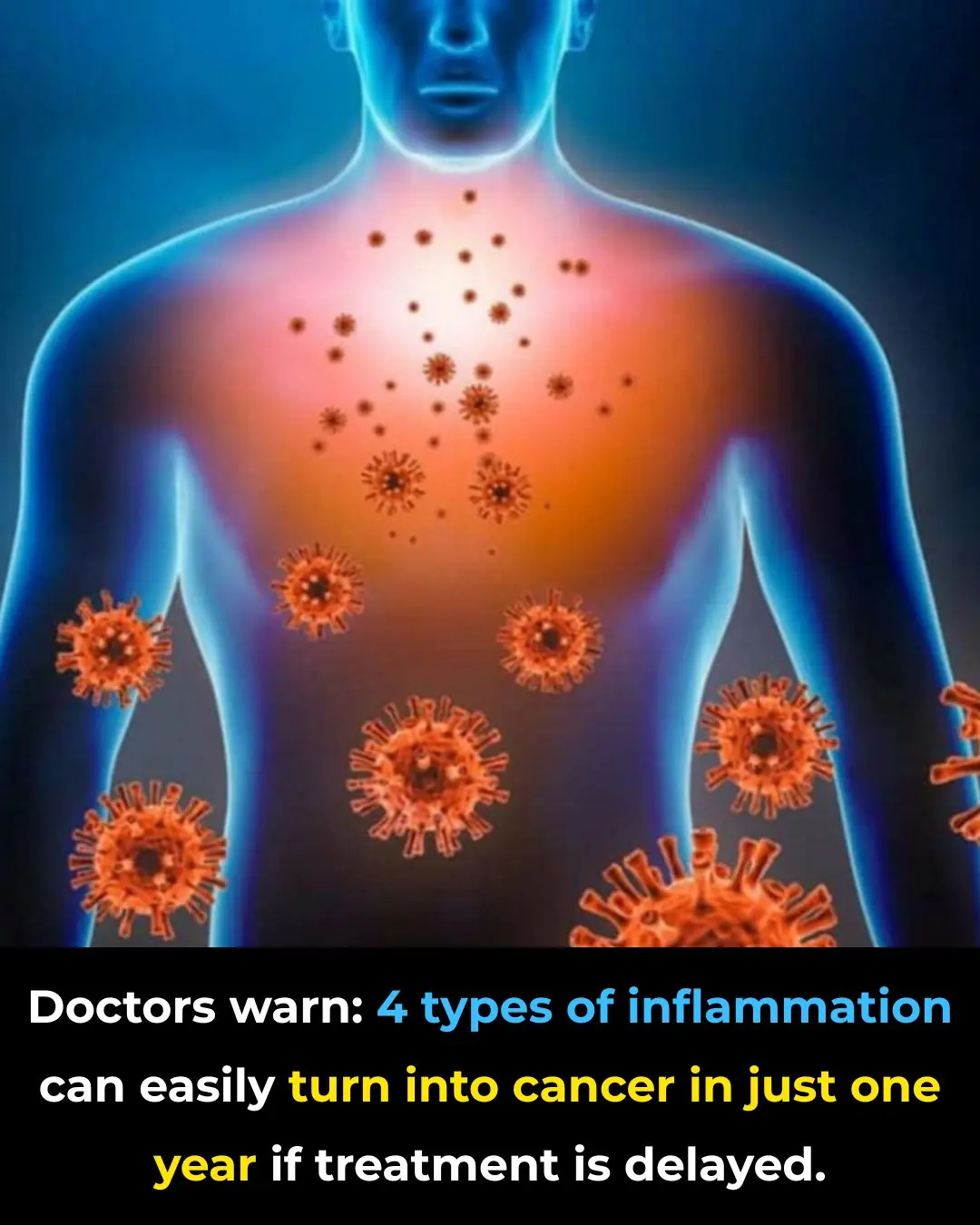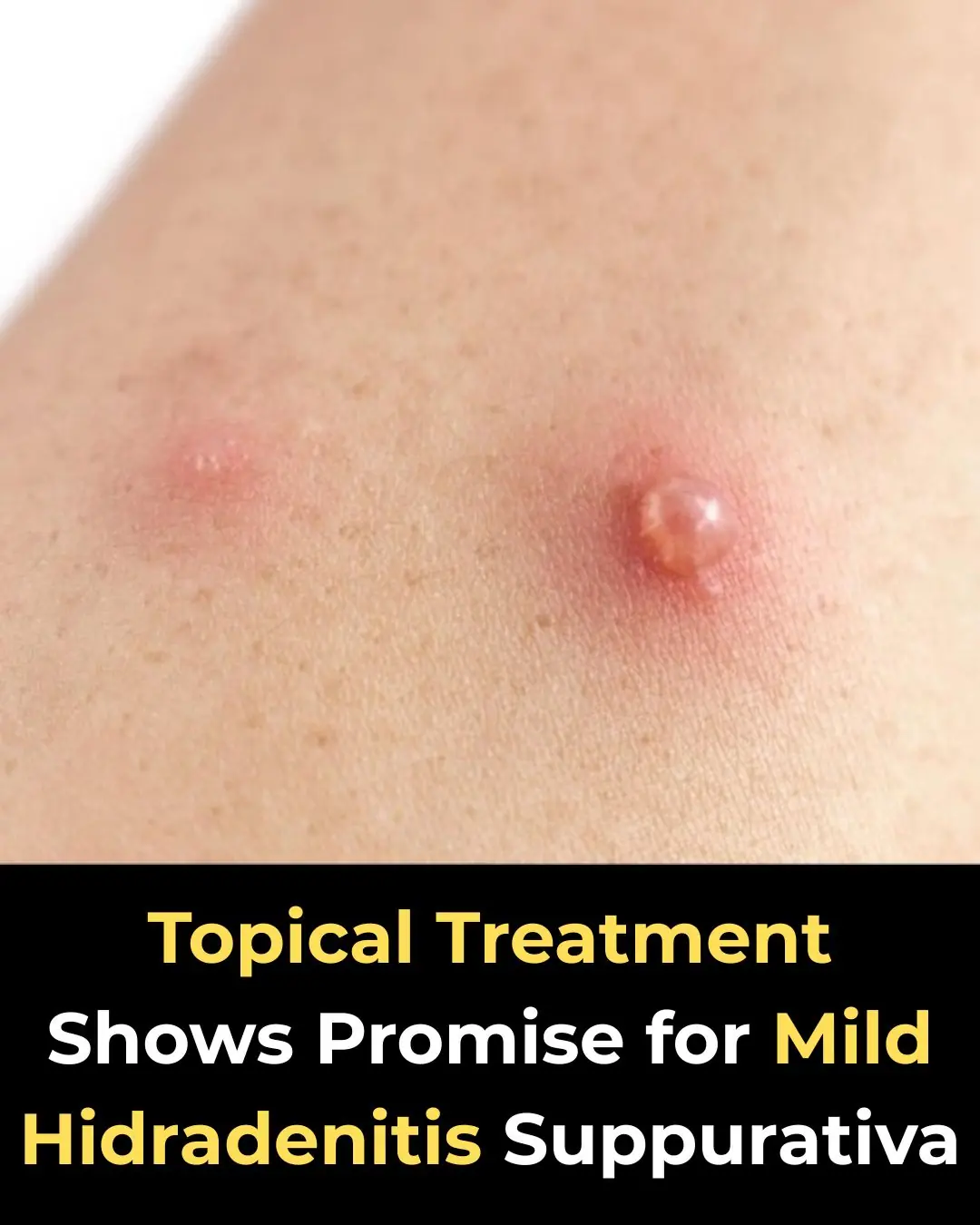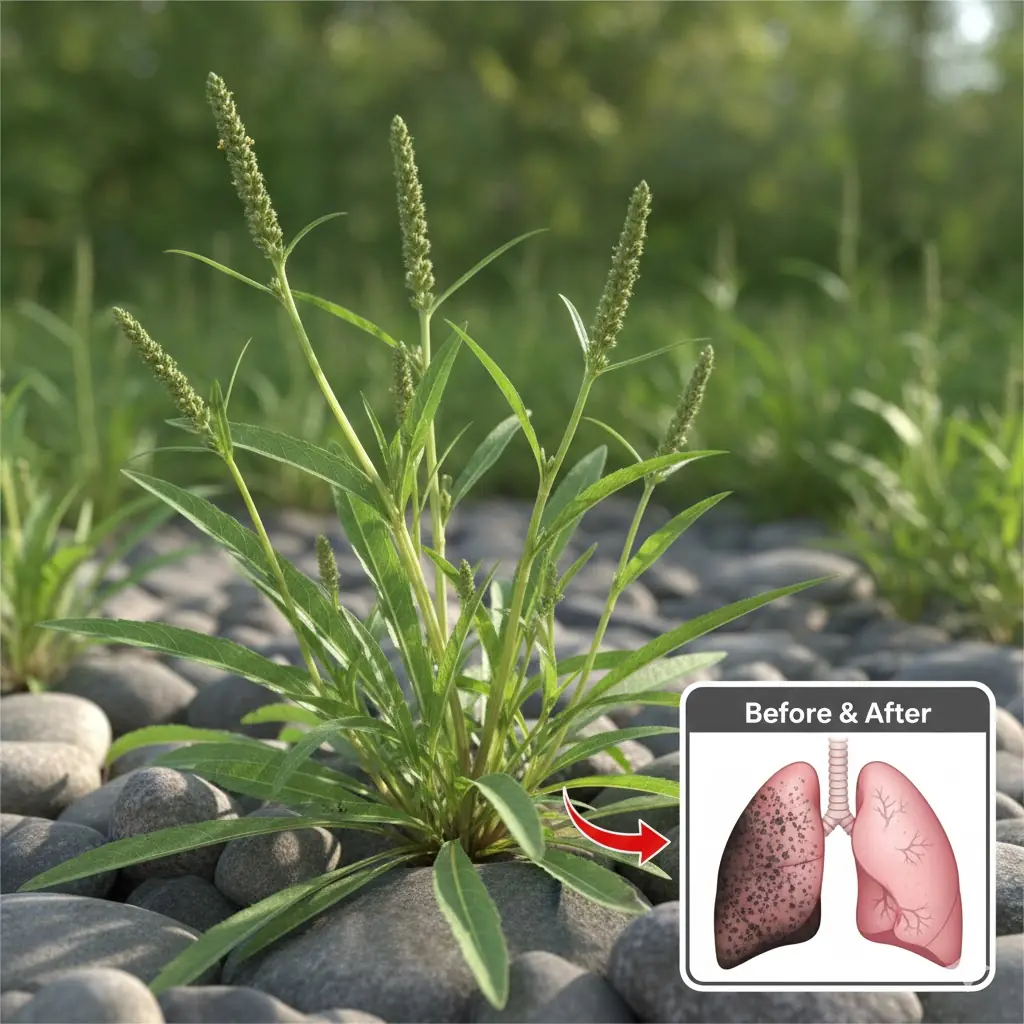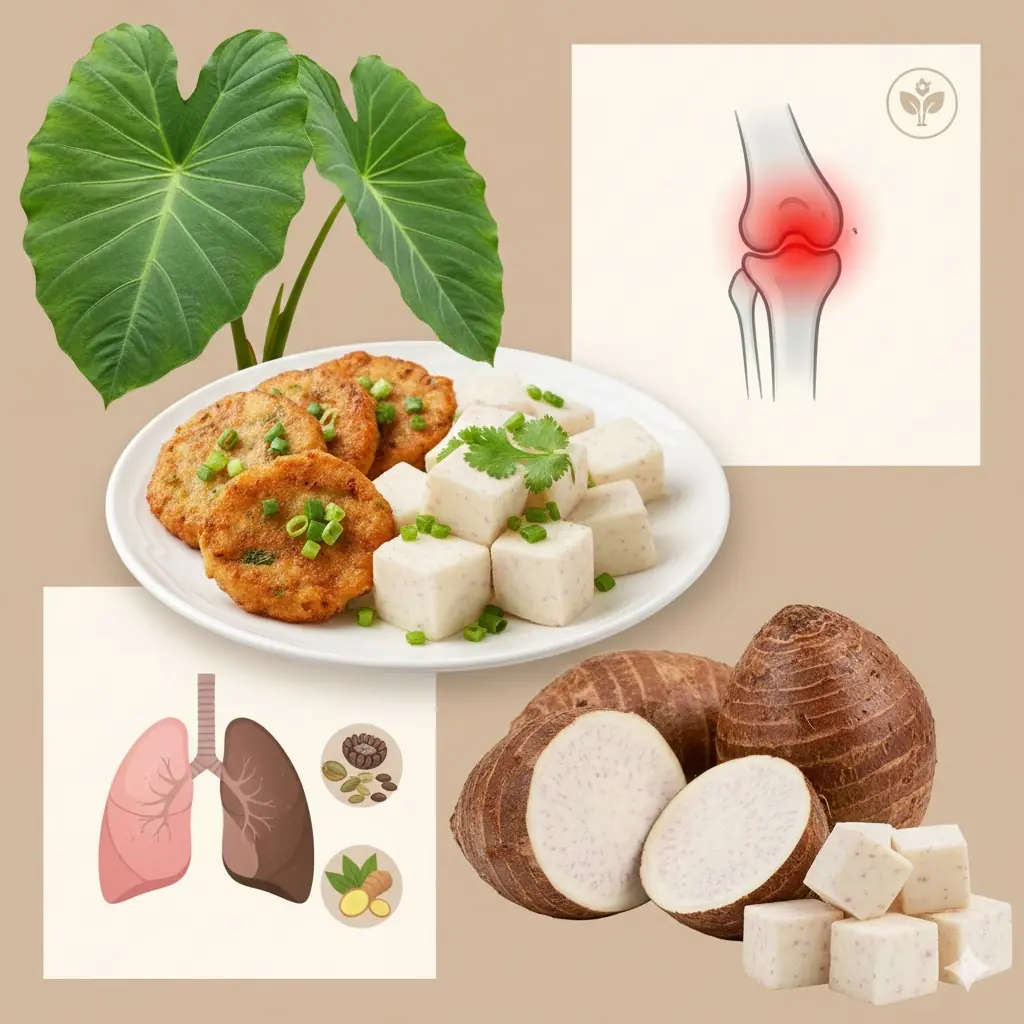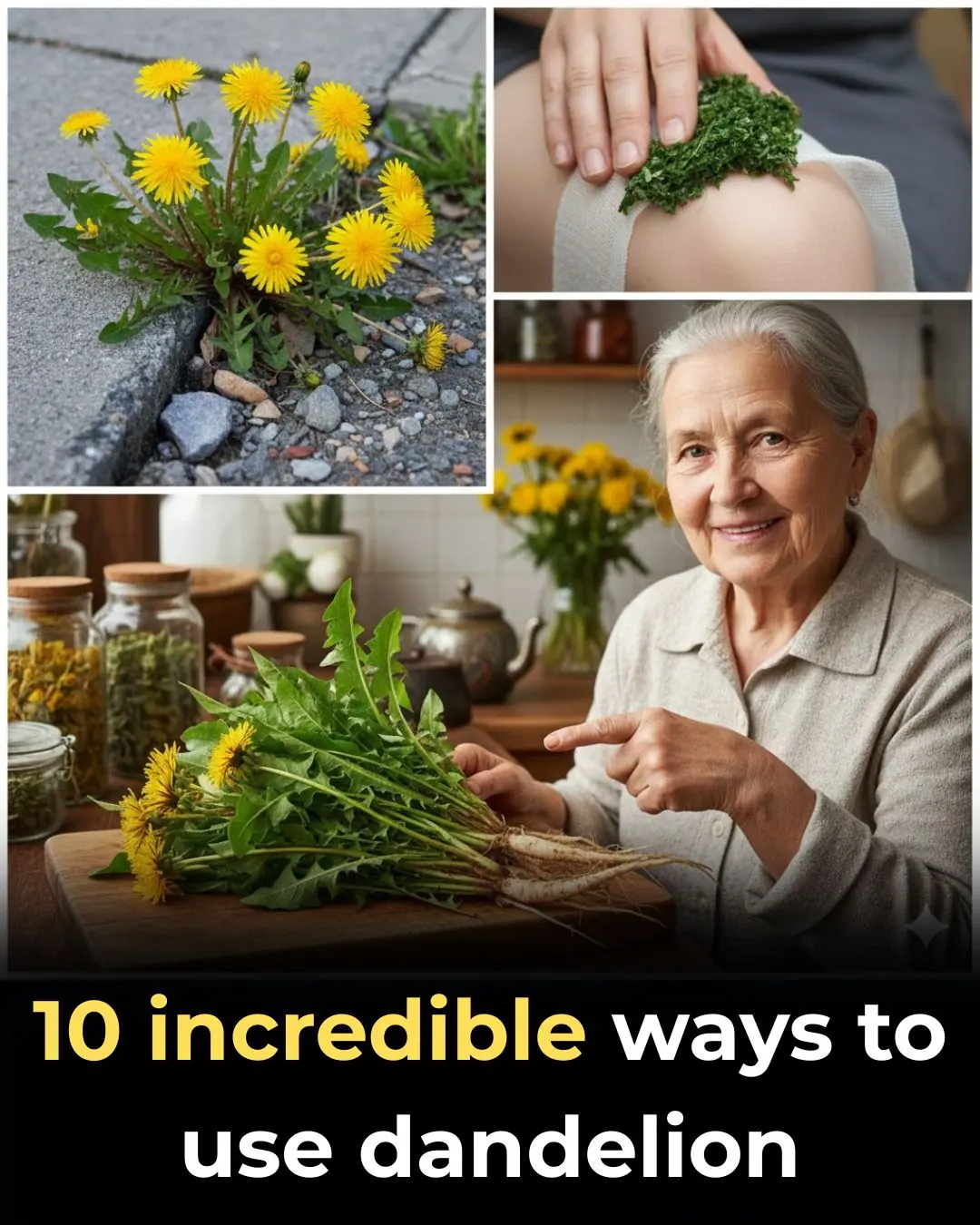What Do Vertical Nail Ridges Mean After 40 …Here’s What Your Nails Might Be Telling You
Have you noticed thin vertical lines forming from the base to the tip of your fingernails as you’ve gotten older? If so, you’re not alone—and it’s usually nothing to worry about. These subtle nail changes are common, especially after age 40. But sometimes, they can point to something more.
So, what causes these vertical ridges? And when should you pay closer attention?
Understanding Vertical Nail Ridges
Vertical ridges—also called longitudinal striations—are raised lines that run from the cuticle to the nail tip. They can vary in depth and number, and while they may look more prominent over time, they’re often a normal sign of aging.
Just as skin loses elasticity and hair begins to gray, your nails go through natural changes, too. These ridges usually reflect changes in keratin production (the protein that forms your nails) and aren’t harmful in most cases.
Main Causes of Nail Ridges After 40
1. The Natural Aging Process
The most common reason for vertical ridges is simply aging. As you get older, the nail matrix—the part of the nail responsible for new growth—slows down and becomes less efficient, producing keratin unevenly and leading to visible texture.
2. Dehydration of the Nail
As we age, our skin and nails lose moisture more easily. Exposure to water, soap, cleaning products, and dry environments can strip your nails of hydration, making ridges more pronounced and the nail plate more brittle.
3. Nutritional Deficiencies
Low levels of essential nutrients—like biotin, iron, zinc, or magnesium—can weaken your nails. Since metabolism and nutrient absorption may decrease with age, deficiencies are more common after 40, especially if your diet is lacking in variety.
4. Underlying Health Conditions
In some cases, vertical nail ridges may signal an underlying issue such as:
- Thyroid imbalances
- Poor circulation
- Rheumatoid arthritis
If your ridges are accompanied by symptoms like fatigue, thinning hair, or skin changes, it’s a good idea to speak with a healthcare provider.
When Should You Be Concerned?
Vertical ridges are usually harmless, but certain changes may require medical attention. Watch for:
- Dark lines or streaks under the nail
- Splitting, peeling, or thickening
- Pain, redness, or swelling around the nail
These could be signs of fungal infections, trauma, or—rarely—subungual melanoma, a form of skin cancer that can appear under the nail.
How to Care for Aging Nails
Whether your nail ridges are cosmetic or tied to deeper concerns, there are ways to support nail health as you age:
Tips for Smoother, Stronger Nails
- Moisturize regularly: Use a hand and nail cream, especially after washing dishes or hands.
- Stay hydrated: Dry nails are more prone to breakage and ridging.
- Eat a nutrient-rich diet: Focus on vitamins A, C, and the B-complex group, plus zinc, magnesium, and iron.
- Use gentle nail care tools: Avoid aggressive filing, buffing, or acrylics that can weaken the nail bed.
- Consider biotin supplements: But consult your doctor first to ensure it’s the right fit for you.
Final Thoughts
Vertical ridges on the nails are a normal part of aging for many people. While they’re usually no cause for alarm, paying attention to your nails can sometimes reveal useful clues about your overall health.
If something seems off—especially if the appearance of your nails changes suddenly—it’s always best to check in with a healthcare provider. Otherwise, with gentle care, proper nutrition, and hydration, your nails can stay strong and beautiful well into your later years.





